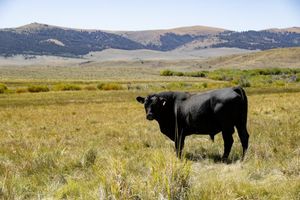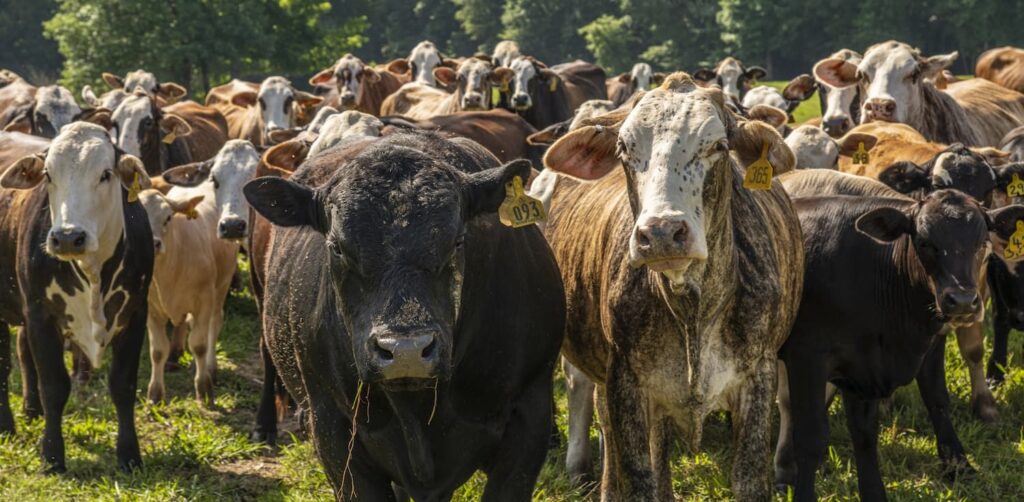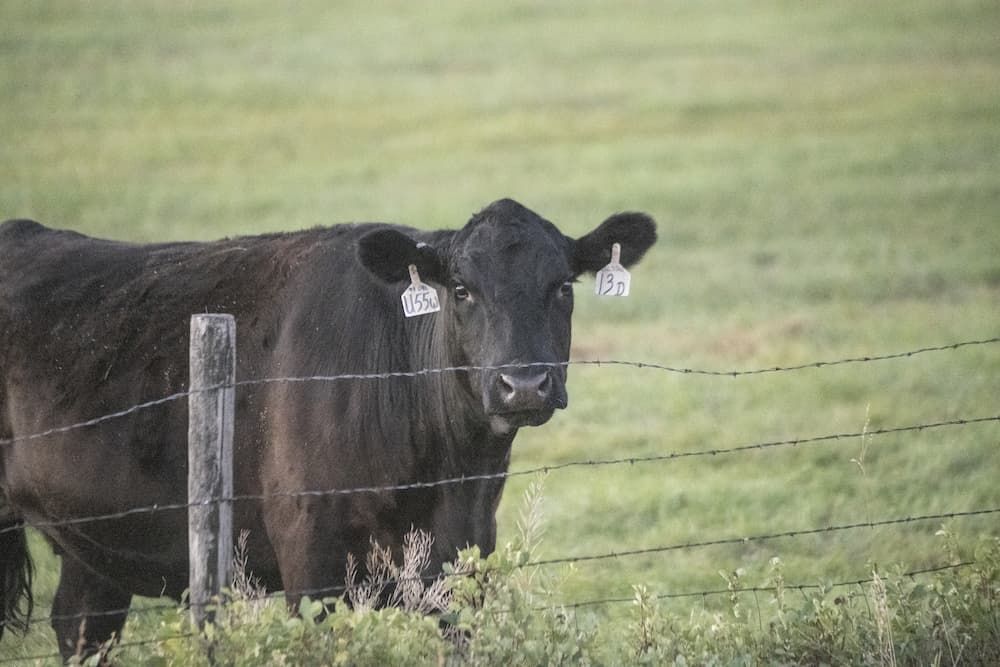3 Reasons Producers Are Turning To PRF Coverage For 2023

Livestock producers are in a constant battle of record-setting dry conditions throughout the U.S. Pasture, Rangeland, Forage (PRF) insurance could mean the difference between culling and making it to spring.
With nearly half of the U.S. experiencing moderate-to-severe – and in some cases, an exceptional lack of moisture, PRF coverage is a critical risk-management tool.
What is PRF?
PRF is designed to provide insurance coverage on any forage acres used for livestock grazing or haying. The PRF program utilizes a rainfall index to determine precipitation for coverage purposes and does not measure production or loss of products themselves.
PRF insurance was designed to help protect a producer’s ranching operation from the risks of forage loss due to the lack of precipitation. Available in the 48 contiguous states, the rainfall index uses data from the National Oceanic and Atmospheric Administration (NOAA) Climate Prediction Center to determine payment eligibility.
When producers sign up for PRF, they select at least two, 2-month periods where rainfall is critical to the health of their forage acres. While PRF is not designed to insure against ongoing or severe drought, should a lack of precipitation occur, payments are distributed based on the NOAA data.
This insurance coverage is for a single peril – lack of precipitation. PRF coverage is based upon the experience of the entire grid chosen. It is not based on individual ranches or specific weather stations.
“PRF uses NOAA’s historical data on every .25-degree latitude by .25-degree longitude grid,” says Jordan Denning, a senior district sales manager for ProAg. “When rainfall is below the historical amount for the grid you’ve selected and coverage level – called a “trigger grid index”, you receive an indemnity payment.”
So why are producers continuously turning to PRF in larger numbers?
1. PRF could reduce the need to cull.
While culling is a normal component of any livestock operation, moisture deficit-induced decision-making places a unique burden on producers considering liquidation. According to a South Dakota State University Extension survey, 67.8% of producers sell their cull cows earlier during a drought. During the 2011 drought, mass cullings of cattle in Oklahoma, Texas and other hard-hit states lowered U.S. cattle inventory to just 91 million – the lowest amount seen in 60 years.
“With lack of precipitation as dire as it has been in 2022, producers are having to either cull or pay a lot more than they want to for hay,” says Denning. “Or, if they have hay acres that did well, they’re losing that profit opportunity because they have to use it for their own feed.”
However, PRF is not drought insurance – a drought declared in an area does not trigger an indemnity payment, nor does it insure against abnormally high temperatures or windy conditions. However, it can cover costs for feed, destocking and depopulating, which can be incurred during dry periods.

2. PRF makes it easier to handle exorbitant feed costs.
North Carolina-based Denning says PRF can be useful in any part of the U.S. He reports a large cattle producer in Alabama was able to leverage the additional income during this year’s drought to buy hay to feed his cattle, so he didn’t have to liquidate.
Meanwhile, Oklahoma-based Jessica Dilbeck, a district sales manager for ProAg, says PRF is critical for livestock producers who also grow row crops for feed, along with their pasture acres. When any of those acres don’t produce due to lack of precipitation, producers can know they’ll at least get dollars back in their pocket to help with feed costs from PRF.
3. PRF can protect the long-term success of your operation
“I try to get producers to look at long-term success,” says Dilbeck. “Look at the weather data for at least the last ten-year period, and we’ll be able to determine how useful that premium placement within an index will be. Some years you’ll get it back or break even and some years it can save your operation.”
Dilbeck says there are a few insurance products available, but PRF is by far the best when it comes to pasture and forage land.
Producers can only sign up before December 1 of a crop year. They will need to make several choices when insuring their grazing or hay production, including coverage level, index intervals, irrigated practice, productivity factor and number of acres. Your trusted ProAg crop insurance agent can help make this process as easy as possible for you with the suite of tools available to them for PRF crop insurance coverage.
“Years after a dry year like 2022, we’ll see a huge uptick in producers leveraging PRF,” reports Dilbeck. “After the severe Montana drought last year, PRF participation went up roughly 90% year over year for ProAg. It’s a great risk-management tool that should be considered on a long-term basis.”
There are three ways to maximize PRF coverage for the intervals most critical for your operation., according to Dilbeck. They are:
- Know your farm’s financial data so you can make an informed decision.
- Know when your cuttings are so you can plan for risk in those months.
- Research the historical data for your operation’s chosen map grids for additional decision-power.
“I always tell my producers that you’re already putting money out to grow hay with fertilizers and other input costs,” says Dilbeck. “It makes sense to cover that risk as much as you can.”

